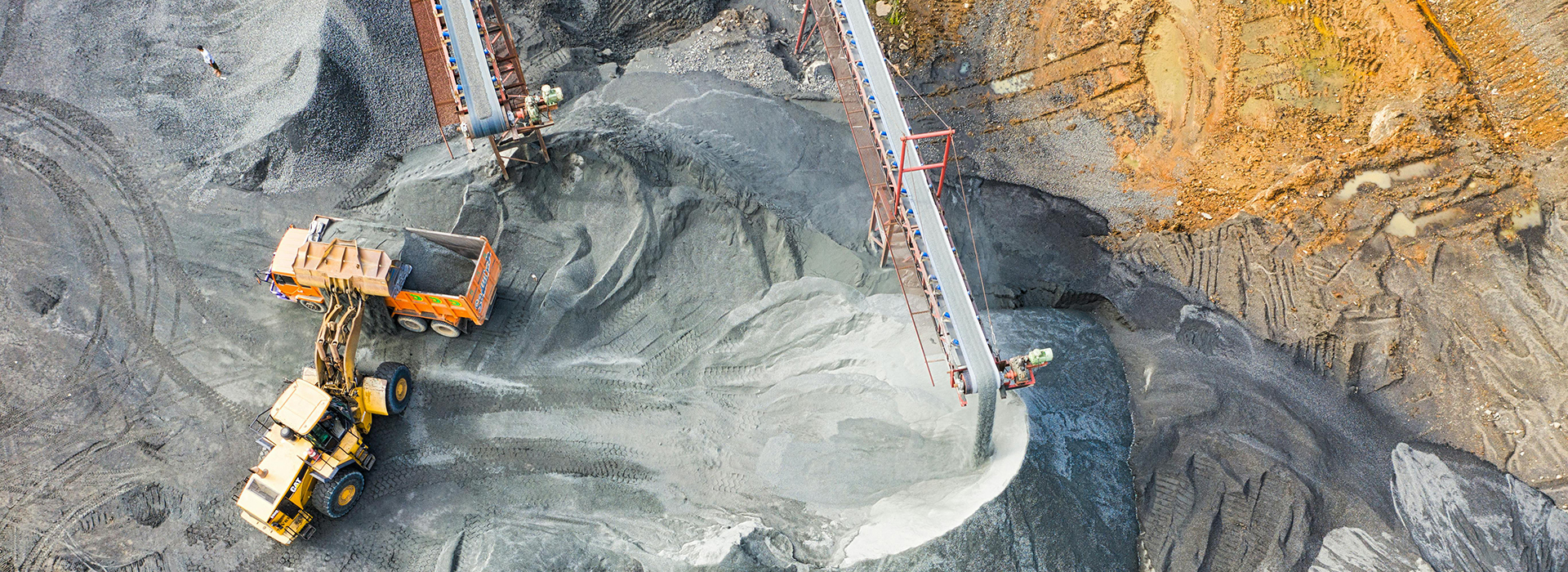
How to Maintain the Wire Cord Conveyor Belt?
2025-05-17 08:10Steel cord reinforced conveyor belts are widely used in coal, electricity, mining, ports, cement, metallurgy, building materials and other industries. They are stable and suitable for long-distance high-load transportation. Steel cord reinforced conveyor belts should keep the surface clean and dry during transportation and storage, and should not be contaminated with mud, oil or chemical liquids. Direct sunlight and rain and snow should be avoided, because ultraviolet radiation and moisture erosion will accelerate the aging of rubber, causing it to lose flexibility and adhesion.
Steel cord reinforced conveyor belts should be placed in a closed space with good ventilation, moderate temperature and humidity, and no strong corrosive gas, away from corrosive chemicals such as acid, alkali, oil, and organic solvents. Stay away from heat sources to prevent the rubber layer from softening or bubbling due to excessive temperature. Steel cord reinforced conveyor belts must be placed neatly in rolls, not folded or curled, to avoid affecting stable operation. If the storage time is long, the conveyor belt should be turned over regularly.

Before the steel cord reinforced conveyor belts are officially put into operation, it should be noted that conveyor belts of different models, specifications and structural layers cannot be mixed and spliced, otherwise uneven tension will occur. The working environment, material type, conveying distance, inclination angle, working load and other parameters under different working conditions are very different. The appropriate conveyor belt should be selected according to the actual use conditions.
During daily use, maintenance personnel should also regularly check the operating status of the conveyor belt, promptly detect wear and other problems and replace them. And observe whether the belt body is deviated, whether it produces abnormal noise, whether there is excessive vibration; check whether there is slippage between the roller and the conveyor belt; check whether the sweeper, roller and guide wheel have material accumulation or damage. For conveyor belts that have been running for a period of time, tension tests and steel wire stretching checks should also be carried out to determine whether the internal stress state is uniform. When our steel wire conveyor belts are conveying hard and sharp materials, the tear-resistant layer can prevent sharp hard objects from piercing, and after piercing, it can generate enough resistance to resist sharp hard objects from tearing the conveyor belt. If you like our products, please contact us!
